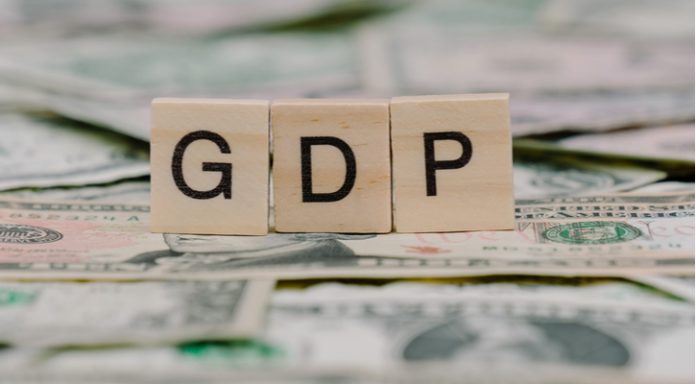The pound kept climbing across Monday. Meaningful changes to the Brexit deal sent the pound US dollar soaring overnight. The pair rallied to a peak of $1.33. This is the strongest rate that the pound has traded at since late February.
| What do these figures mean? |
|---|
When measuring the value of a pair of currencies, one set equals 1 unit and the other shows the current equivalent. As the market moves, the amount will vary from minute to minute. For example, it could be written: 1 GBP = 1.13990 EUR Here, £1 is equivalent to approximately €1.14. This specifically measures the pound’s worth against the euro. If the euro amount increases in this pairing, it’s positive for the pound. Or, if you were looking at it the other way around: 1 EUR = 0.87271 GBP In this example, €1 is equivalent to approximately £0.87. This measures the euro’s worth versus the British pound. If the sterling number gets larger, it’s good news for the euro. |
At the 11th hours UK Prime Minister Theresa May headed to Brussels for last minute talks with European Commission President Jean- Claude Juncker. The two agreed to further attempts at legally binding assurances. The changes fall short of what Parliament was actually looking for. However, what is unknown is whether they are sufficient to encourage and additional 100 ministers to vote for her deal and for Theresa May to avoid another humiliating defeat.
The meaningful vote on Brexit will take place, later today. Leading up to the vote political commentators had said that Theresa May would not achieve the number of votes necessary to put her Brexit deal through. Should she achieve the impossible and win enough support from ministers for her Brexit deal, the pound could rally further. This is because it means that the UK would avoid a no deal Brexit, the type of Brexit which economists say is the most
damaging to the UK economy and therefore the pound.
| Why is a “soft” Brexit better for sterling than a “hard” Brexit? |
|---|
| A soft Brexit implies anything less than UK’s complete withdrawal from the EU. For example, it could mean the UK retains some form of membership to the European Union single market in exchange for some free movement of people, i.e. immigration. This is considered more positive than a “hard” Brexit, which is a full severance from the EU. The reason “soft” is considered more pound-friendly is because the economic impact would be lower. If there is less negative impact on the economy, foreign investors will continue to invest in the UK. As investment requires local currency, this increased demand for the pound then boosts its value. |
Dollar Soft As December Retail Sales Revised Lower
The dollar was trading on the back foot following a mixed retail sales report. Retail sales figures for January were marginally stronger than analysts had forecast. Retail sales in January increased 0.2%, ahead of the 0% expected. However, retail sales figures for December were downgraded. December’s figures were already disappointingly low so a further downgraded was very concerning for investors. Retail sales for December dropped -1.6% rather than the -1.2% originally reported.
Economists consider retail sales a future indication for future inflation. Therefore, falling retail sales data points to lower inflation, which won’t boost interest rate rise hopes.
| Why do raised interest rates boost a currency’s value? |
|---|
| Interest rates are key to understanding exchange rate movements. Those who have large sums of money to invest want the highest return on their investments. Higher interest rate environments tend to offer higher yields. So, if the interest rate or at least the interest rate expectation of a country is relatively higher compared to another, then it attracts more foreign capital investment. Large corporations and investors need local currency to invest. More local currency used then boosts the demand of that currency, pushing the value higher. |
Today investors will focus on inflation data. Analysts expect US CPI to print at 1.6%. Core inflation, excluding food and fuel is expected to remain steady at 2.2%. The Fed have said they are comfortable waiting patiently and are in no rush to hike rates. Any weakness in inflation could pull the dollar lower as interest rate hike hopes are pushed back.
This publication is provided for general information purposes only and is not intended to cover every aspect of the topics with which it deals. It is not intended to amount to advice on which you should rely. You must obtain professional or specialist advice before taking, or refraining from, any action on the basis of the content in this publication. The information in this publication does not constitute legal, tax or other professional advice from TransferWise Inc., Currency Live or its affiliates. Prior results do not guarantee a similar outcome. We make no representations, warranties or guarantees, whether express or implied, that the content in the publication is accurate, complete or up to date. Consult our risk warning page for more details.
This article was initially published on TransferWise.com from the same author. The content at Currency Live is the sole opinion of the authors and in no way reflects the views of TransferWise Inc.





